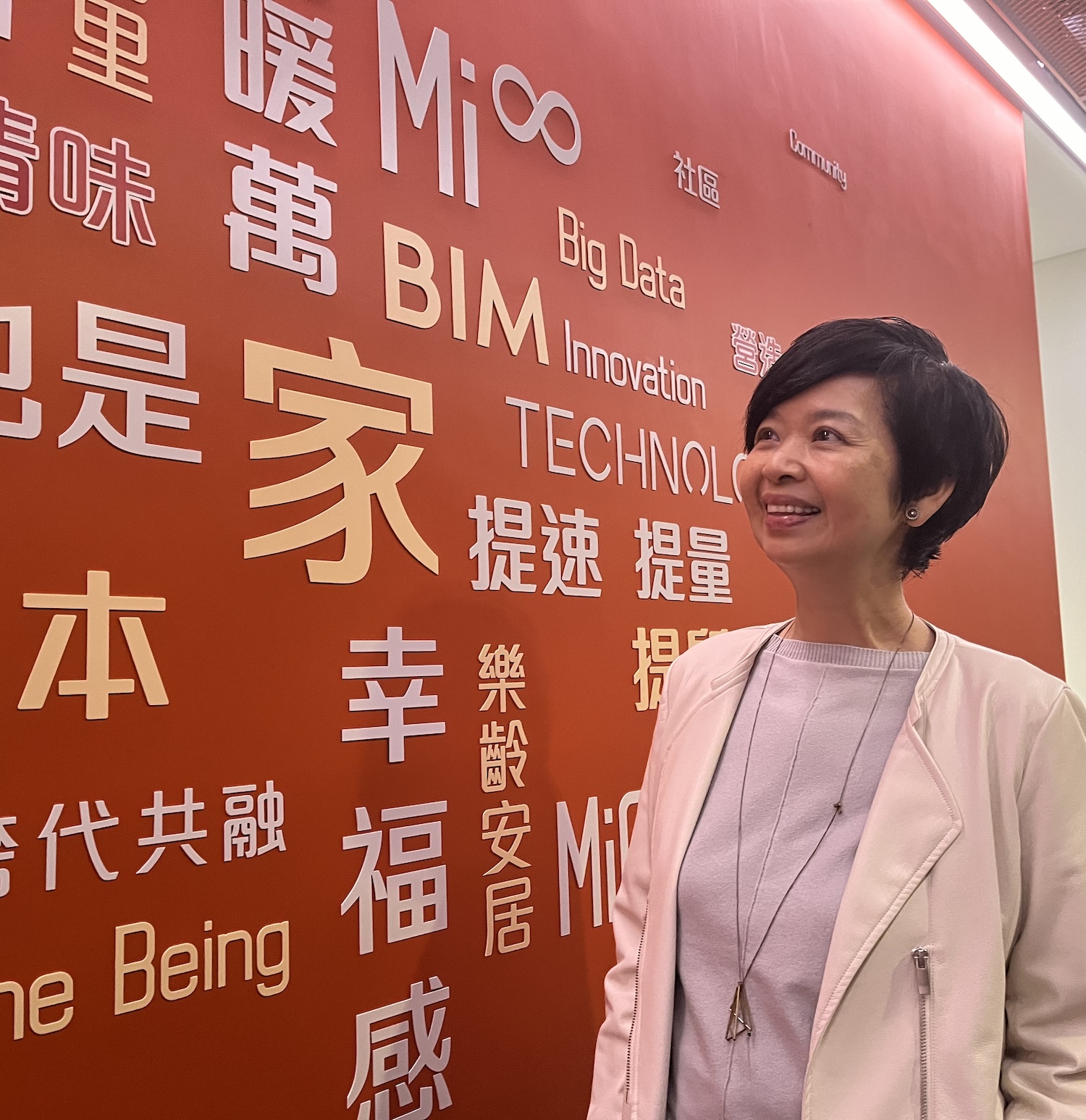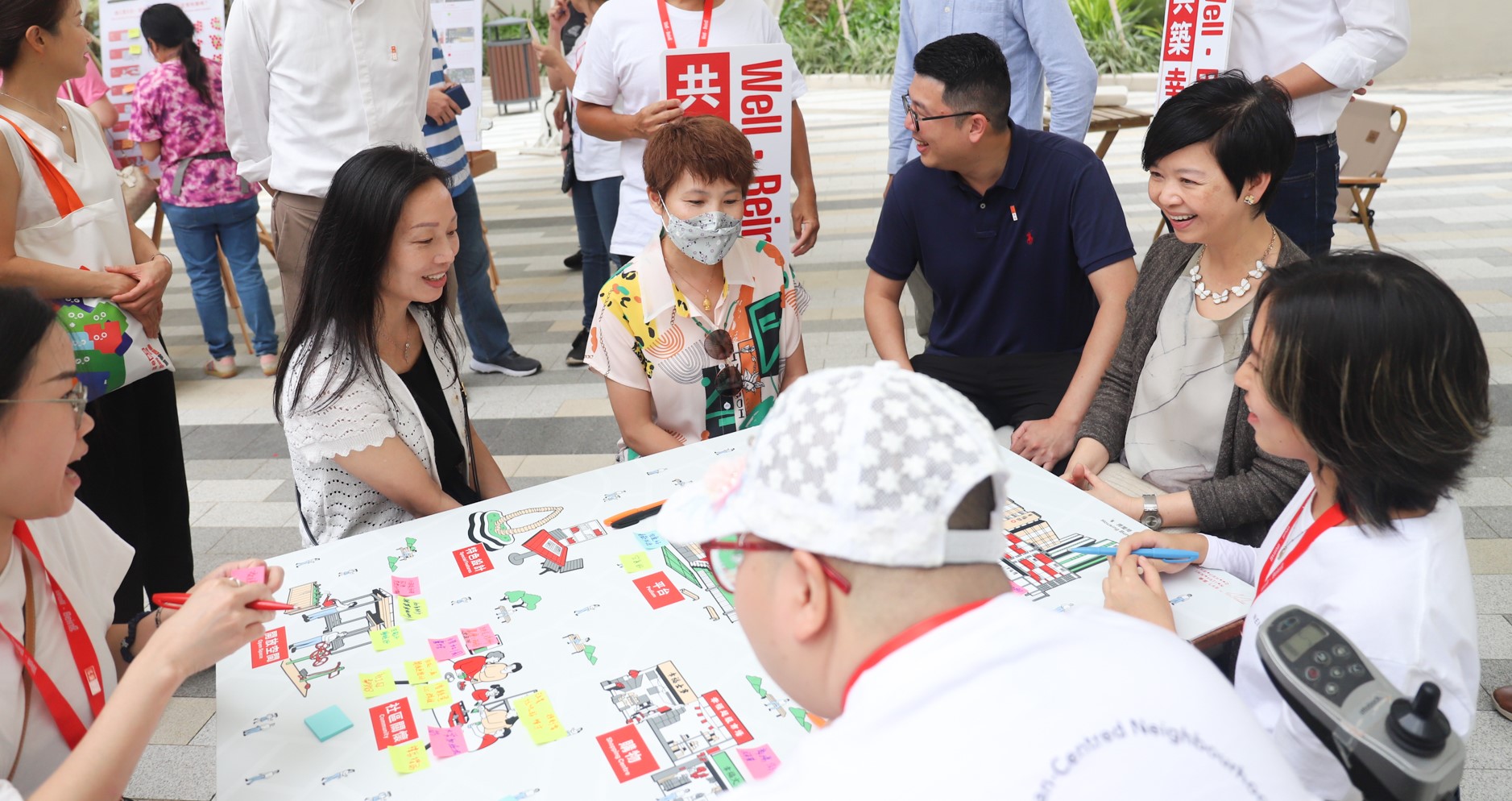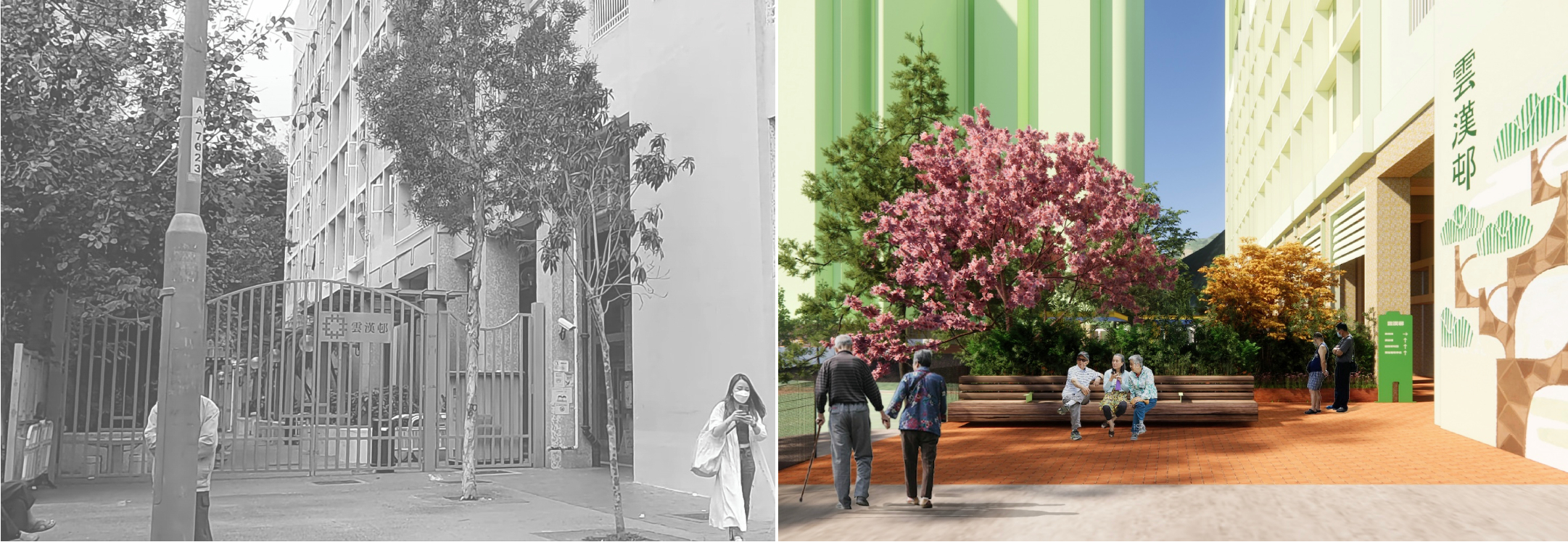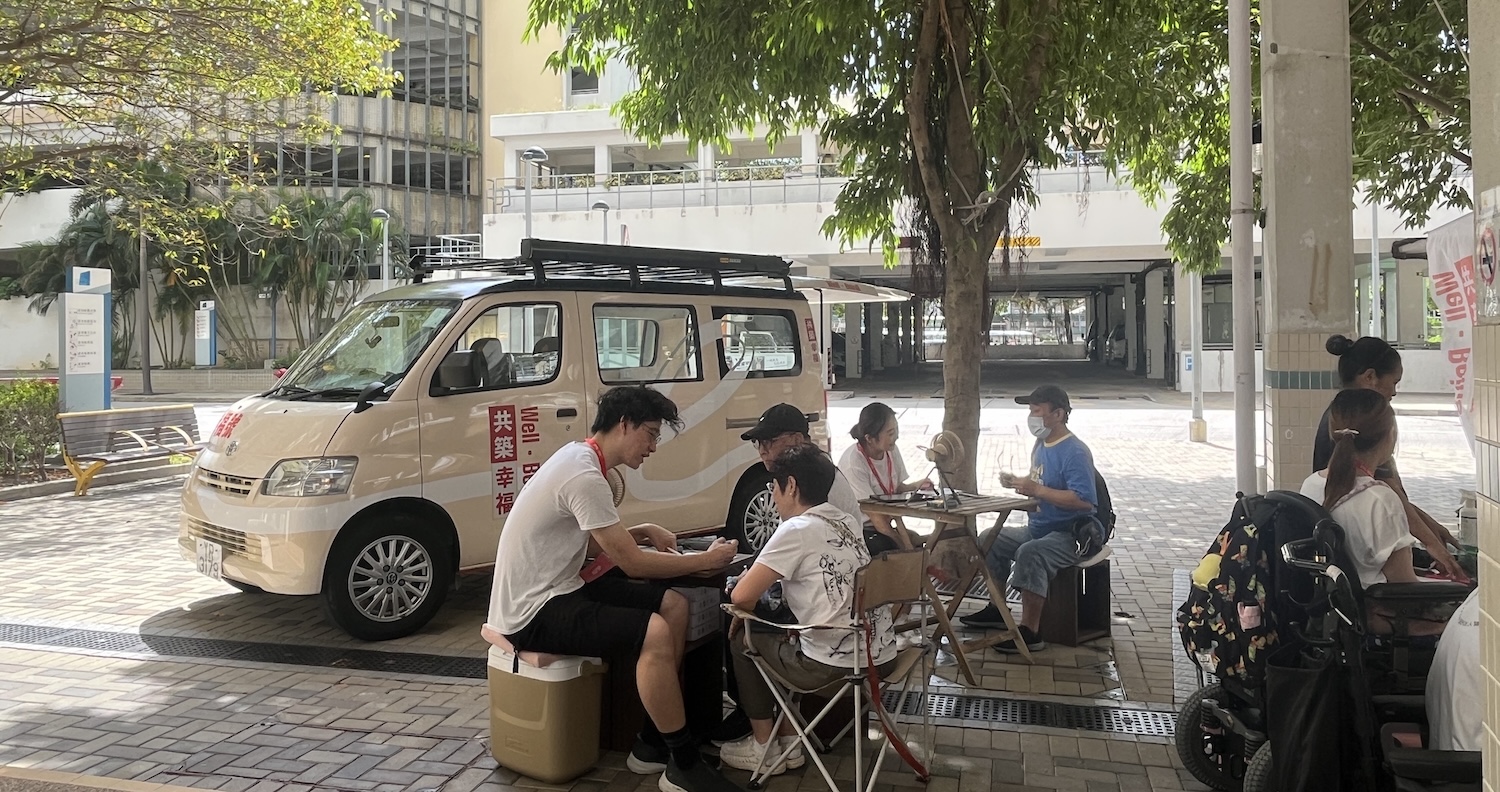
A senior politician, but an architect at heart
Can architects make good politicians? Absolutely, says Winnie Ho, who once designed commercial properties for local architectural firm Ho & Partners and is now Hong Kong’s Secretary of Housing. “I always see myself as an architect,” she says. And good architecture, like good politics, is all about putting people first.
Ho is passionate about public housing and has drawn on her architect’s instincts to determine how it can be provided in a way that enhances people’s wellbeing. “It’s often the simple things that make a difference,” she says. The public spaces where children play or where residents gather and form bonds with their neighbours, building a sense of community.
Ho acknowledges that she learnt as much from Dr Donald Liao, who she describes as the “father of public housing”. Liao was recently honoured with a Gold Award by the Hong Kong Institute of Architects, for a lifetime of service to public housing. Ho says the Wah Fu estate Liao designed in the sixties and seventies showed his genius in making use of the natural topography of the site. Not only did the buildings offer individual bathrooms and kitchens, the open spaces, with their sprawling Banyan trees, were a haven for people to play badminton, football or relax. It’s now compulsory for 30% of public housing sites to be retained for outdoor space.
Four years into her career, Ho spied a newspaper advertisement for a job in the Architecture Services Department. She saw it as an opportunity to work on a much broader portfolio of projects, including hospitals and schools and other public facilities. She quickly rose through the ranks, championing the use of smart technology and innovation, becoming ArchSD Director in late 2020. She was appointed Secretary of Housing in July 2022. Ho is tackling a broad range of challenges in housing, not least the chronic shortage of land supply for new development. But it’s clear that improving public housing, and enhancing residents’ wellbeing, is one of her top priorities.
Ho has implemented a unique outreach program in which a colourful wellness van visits estates to source residents’ views, sometimes over a board game to keep it real. It’s part of a program devised in partnership with consultant Eric Ho, of Architecture Commons, which will result in a design guidebook looking at issues such as healthy living, intergenerational living and connectivity with the community, expected by 2024. The van has so far visited 17 districts with public housing estates, connecting with 900 residents. The team has conducted 300 interviews and distributed 3500 questionnaires.

Ho says it’s essential to engage people to understand their needs and make them part of the planning process. She cites the Wan Hon Estate in Kwun Tong, where heavy security gates at the entrance made residents feel as though they were shut off from the world (see below). “We’re replacing them with beautiful trees and gardens, just part of the wisdom we collect from tenants.”

With 700,000 people aged 60-plus in public housing today, and a rapidly ageing problem, Ho is sensibly focusing on housing that provides wellness for the elderly. She says it’s not about creating separate buildings or estates, exclusively for the aged, but rather providing facilities that enhance the living conditions of the elderly while allowing them to live amongst families and children. “If tenants need safety railings in the bathroom, or lever taps, or straps and frames above their beds, we’ll help to install them.”
The other key focus is to ensure that key facilities such as aged care, nurseries, day care centres, are within easy reach, ideally within the building. This will be mandated from 2026, with at least 5% of the floor area of new buildings to be dedicated to social welfare facilities and services.
Between 2024 and 2027, the Housing Bureau will launch several programs, including “Let’s Go Well-being” at five pilot estates to enhance the living environment and facilities based on different themes. Other programs will focus on landscaping to improve the quality of outdoor spaces with greenery, purified air, and shading, as well façade enhancement and general improvement works.
Ho says she hopes a renewed focus on wellness and connection with community will gradually influence other forms of commercial housing in Hong Kong. “I hope these principles and ideas spread beyond public housing,” she says. “The home is the base of all life globally.” As an architect at heart, Winnie Ho certainly seems at home in the world of politics and government policy.
